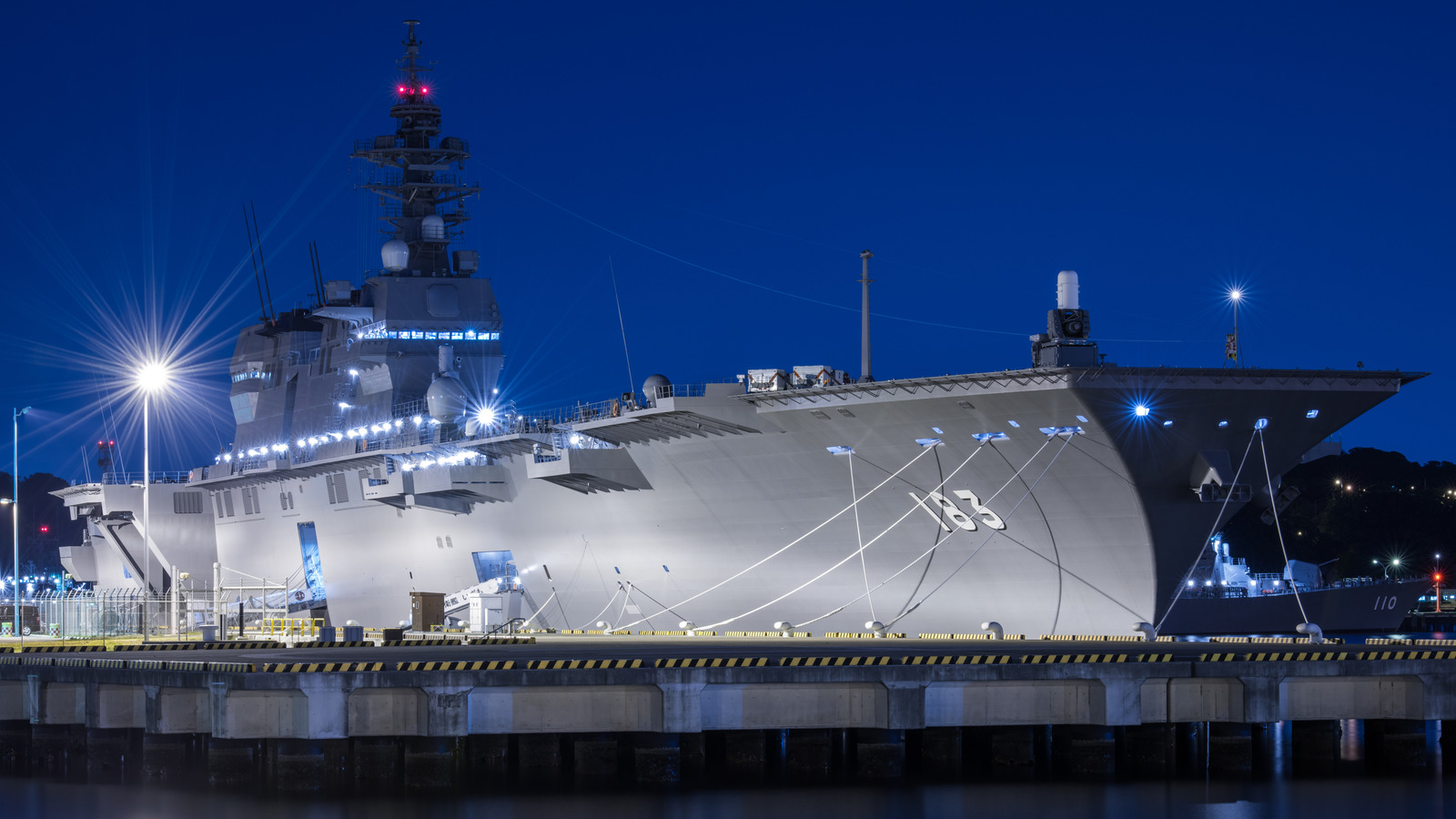Japan's Izumo-Class Ship Marks Shift in Post-WWII Defense Strategy

The vessel represents Japan's evolving military capabilities amid security treaty with US
Japan has developed the Izumo-class 'helicopter destroyer,' a vessel with capabilities similar to an aircraft carrier that can transport up to 28 aircraft. This development represents a significant shift in Japan's defense posture since World War II, when the nation was required to limit its military capabilities. The vessel's classification as a 'destroyer' rather than an aircraft carrier reflects ongoing restrictions on Japan's ability to possess offensive weapons systems.
Following World War II, Japan underwent substantial military restrictions and signed a security treaty with the United States in 1955. This agreement established that the United States would maintain military bases in Japan to provide defense support. For decades afterward, Japan maintained limited military, naval, and air force capabilities in accordance with post-war agreements and constitutional provisions.
KEY POINTS
- •Japan develops carrier-like vessel
- •US-Japan security treaty since 1955
- •Represents shift in defense strategy
The security relationship between Japan and the United States has been a cornerstone of both nations' defense strategies in the Asia-Pacific region. Under this arrangement, the United States has maintained a significant military presence in Japan, while Japan has historically focused on defensive capabilities rather than offensive military power. This partnership has influenced regional security dynamics since the mid-20th century.
Recent changes in Japan's national defense strategy, including the development of the Izumo-class vessel, occur against a backdrop of evolving regional security concerns. The vessel's development indicates Japan's response to changing geopolitical circumstances while still operating within the framework of its alliance with the United States. This represents one aspect of Japan's broader reassessment of its defense posture in the contemporary security environment.